Award recognises lifetime’s work that has explored thresholds of public and private space, and the importance of community
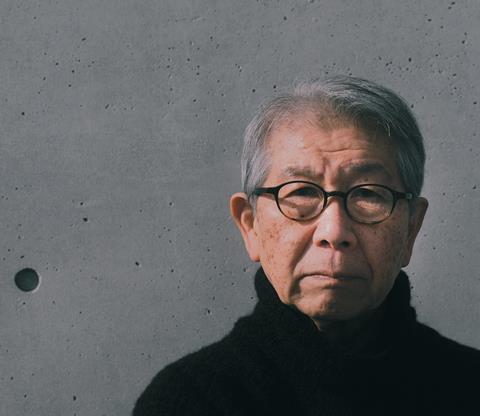
Riken Yamamoto has been announced as the recipient of the 2024 Pritzker Architecture Prize.
Based in Yokohama, Yamamoto, an architect and social advocate, is known for exploring connections between public and private realms, as well as the role of architecture in fostering a sense of community.
Drawing inspiration from traditional Japanese machiya and Greek oikos housing, Yamamoto has sought to integrate communal elements in both his small and large-scale projects.
“For me, to recognise space, is to recognise an entire community,” said Yamamoto. “The current architectural approach emphasises privacy, negating the necessity of societal relationships. However, we can still honour the freedom of each individual while living together in architectural space as a republic, fostering harmony across cultures and phases of life.”
His designs, such as GAZEBO (Yokohama, Japan 1986) and Pangyo Housing (Seongnam, Republic of Korea 2010), prioritise interconnectedness between residents.
With a career spanning five decades, Yamamoto’s projects range from private residences to city planning and are located in countries spanning Europe and Asia.
Notable works include Nagoya Zokei University, THE CIRCLE at Zürich Airport, Tianjin Library, Jian Wai SOHO, and Ecoms House.
Civic buildings designed by Yamamoto, such as the Hiroshima Nishi Fire Station and Fussa City Hall, have sought to emphasise transparency and their public role.
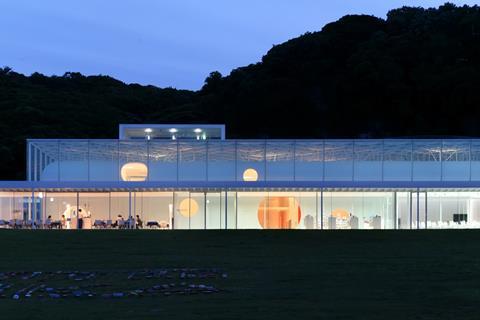
Educational and cultural projects include Saitama Prefectural University, Koyasu Elementary School and Yokosuka Museum of Art.
“One of the things we need most in the future of cities is to create conditions through architecture that multiply the opportunities for people to come together and interact. By carefully blurring the boundary between public and private, Yamamoto contributes positively beyond the brief to enable community,” said Alejandro Aravena, jurycChair and 2016 Pritzker Prize Laureate. “He is a reassuring architect who brings dignity to everyday life. Normality becomes extraordinary. Calmness leads to splendor.”
Yamamoto is the the 53rd Pritzker Prize winner and the ninth from Japan. He will be presented with the prize at a ceremony in Chicago, this spring.
A brief biography
Yamamoto was born in Beijing in 1945, but his family relocated to Yokohama shortly after the conclusion of World War Two. Raised in a home modelled after a traditional Japanese machiya, Yamamoto’s living space coexisted with his mother’s pharmacy, embodying a delicate balance between public and private dimensions.
Yamamoto’s father passed away when he was only five. Despite early aspirations to follow in his father’s engineering footsteps, Yamamoto forged his own path in architecture. At the age of 17, a visit to Kôfuku-ji Temple in Nara, Japan, left a lasting impression, particularly the five-storied Pagoda symbolising the Buddhist elements. This encounter marked Yamamoto’s inaugural experience with architecture.
Graduating from Nihon University’s Department of Architecture in 1968, he later earned a Master of Arts in Architecture from Tokyo University of the Arts in 1971. In 1973, Yamamoto founded his architectural practice, Riken Yamamoto & Field Shop.
Throughout the initial years of his career, Yamamoto embarked on numerous journeys across countries and continents by car with mentor Hiroshi Hara. In 1972, they traversed the Mediterranean coastline, exploring France, Spain, Morocco, Algeria, Tunisia, Italy, Greece, and Türkiye. Subsequently, Yamamoto ventured from Los Angeles to Peru via Mexico, Guatemala, Costa Rica, and Colombia in 1974. Similar expeditions took him to Iraq, India, and Nepal. These experiences reinforced his belief in the universality of the “threshold” concept between public and private spaces.
Yamamoto’s architectural philosophy evolved to view boundaries between public and private realms as societal opportunities. He believed that all spaces should enrich and serve the broader community. This perspective influenced his designs, starting with the Yamakawa Villa in Nagano, in 1977. This residence, surrounded by woods and exposed on all sides, aimed to emulate an open-air terrace. Subsequently, Yamamoto expanded his focus to social housing, exemplified by the Hotakubo Housing project in Kumamoto, Japan, in 1991, promoting communal living across cultures and generations.









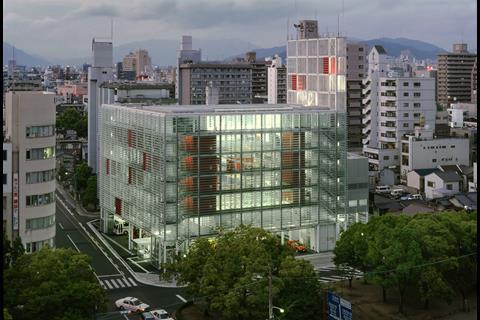

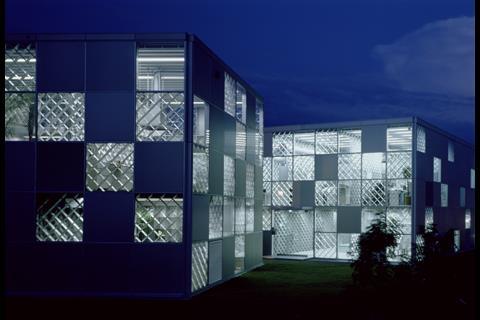
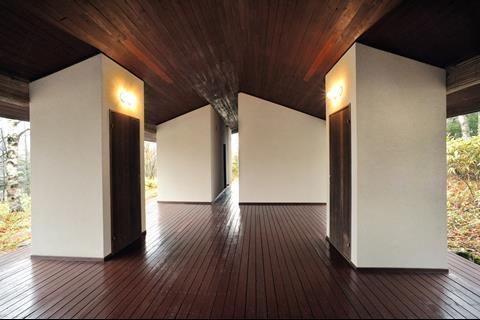
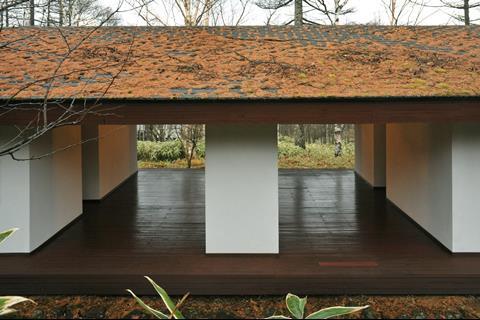







No comments yet